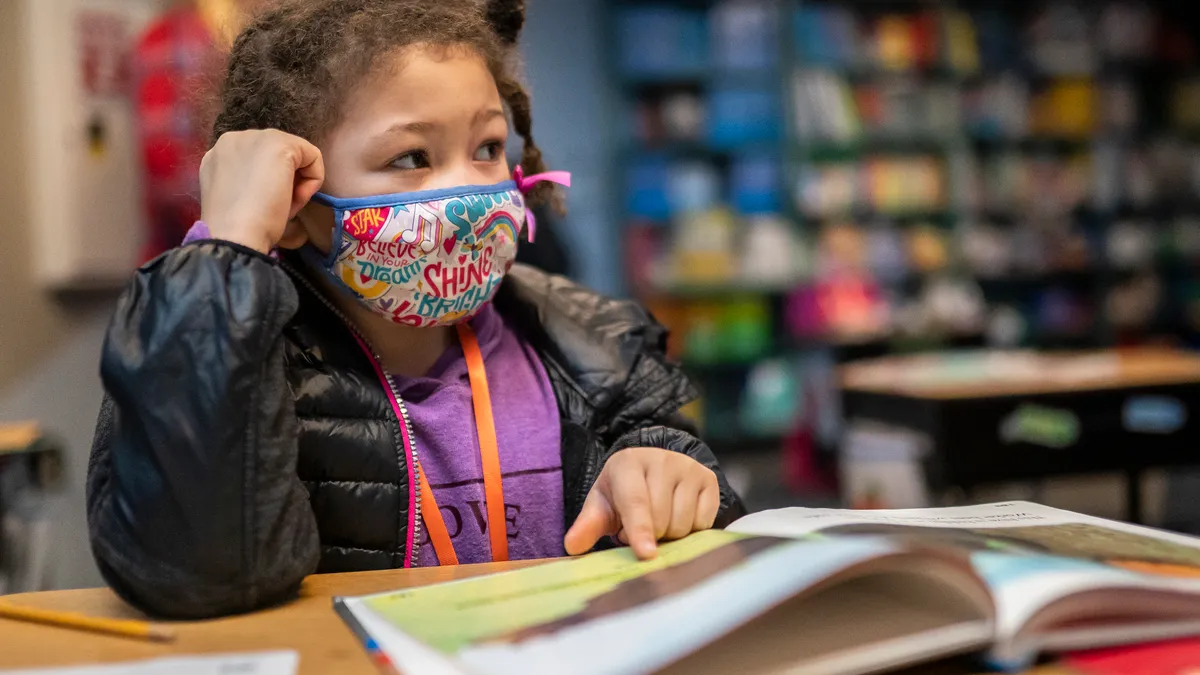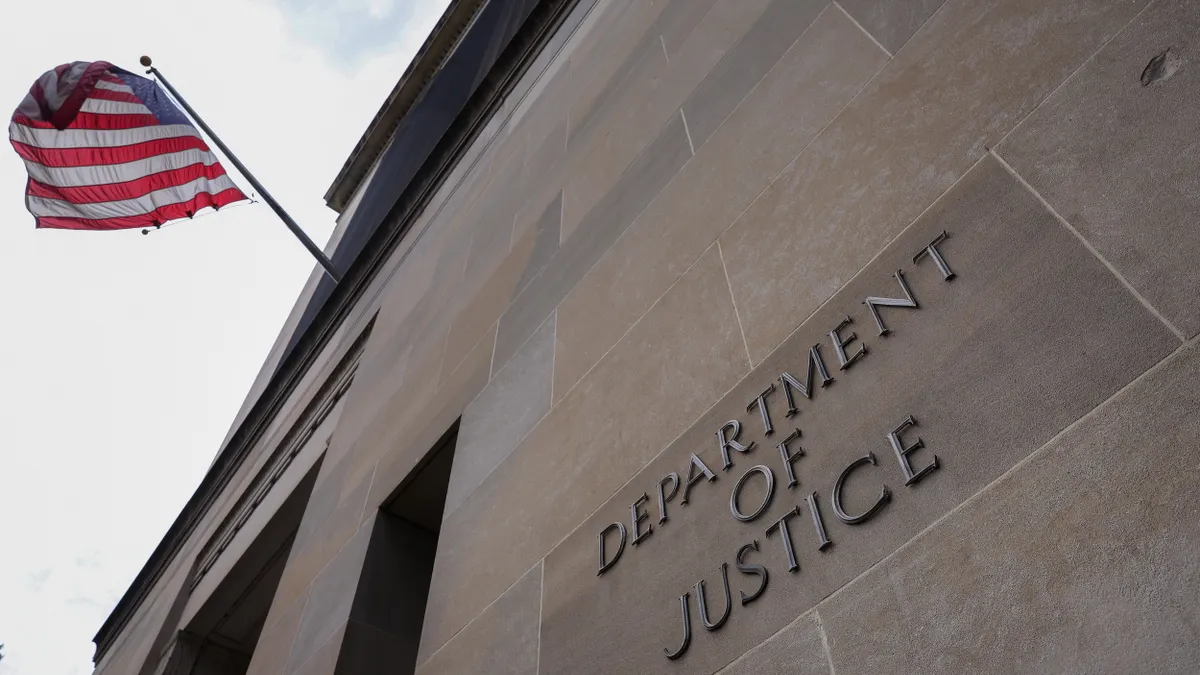Jhone Ebert is the superintendent of public instruction for the Nevada Department of Education. She has previously served as a math teacher, chief innovation and productivity officer and chief technology officer in the Clark County School District, and senior deputy commissioner for P-20 Education at New York State Education Department.
When schools suddenly pivoted to online learning last year, at a speed and scale never attempted before, Nevada educators responded proactively — building new partnerships, offering different resources, and leveraging new educational approaches. As the state superintendent of public instruction for Nevada, I am still marveling at their ingenuity, perseverance and enduring commitment to equity.
Indeed, equity is the cornerstone of Nevada’s strategic plan for education; we are focused on seizing this moment of change to build an equitable education system that is fully inclusive of every student and family. This means ensuring all students receive the opportunities and support they need to thrive. A critical piece of this puzzle is using data to support student success, including our assessment system. Measuring student progress ensures each learner has an equal opportunity to demonstrate their knowledge and skills.
Nevada’s 17 school districts and the State Public Charter School Authority are incredibly diverse. With more than 300,000 students, Clark County School District is the nation’s fifth largest school system, while a rural district like Nye County has just 6,000 students spread out over the vast expanse of 18,000 square miles. Whether large or small, our districts need to know what is working (and what is not) to help students succeed — but we can’t help them identify that without the right information.
Our high-quality assessment system provides that feedback in real time on precisely where each child is in their learning — insights that are especially important during a period of disruption and uncertainty. Our educators can use assessment data to drill down on individual students’ performance with specific content and skills, from mastering fractions to identifying the main idea in a reading passage.
In particular, the tools and resources integrated with the Smarter Balanced assessments we administer to Nevada’s 3rd- through 8th-grade students help us identify opportunity gaps. We say opportunity gaps rather than achievement gaps, because we need to recognize that all students can achieve when provided the right foundation.
Nevada’s teachers are using assessment results to support classroom instruction, including developing creative, effective lessons that personalize learning and meet each student exactly where they are, which promotes equitable growth and enables success. In a balanced assessment system, educators gain information about student progress from multiple, interconnected sources.
For example, principals, superintendents, and other local leaders can use information from both interim assessments (which occur throughout the year to check students’ progress) and summative assessments (which occur at the end of a school year and measure annual growth), to prioritize professional learning for teachers and support for families. State leaders use these insights to inform decisions about policy and align funding with proven programs and interventions.
While there was debate nationwide about whether, when and how to conduct end-of-year assessments during the 2020-21 school year, Nevada’s district leaders were in universal agreement. They emphasized that they must know where students are in their learning now to effectively meet their needs. Similar to when we take our children to the doctor, assessments provide information about different milestones they are reaching, how these milestones compare with other children their age, and how we can work together with families to empower students to achieve their vision of success.
As the new school year gets underway, educator-family partnerships are going to be especially vital. District leaders are working hard to help parents understand the purpose of each type of assessment and how it can illuminate where their child is excelling and where they may require additional attention, practice, or new approaches. And we are helping to bridge parents’ understanding with Nevada Starting Smarter. This user-friendly website, with Spanish translated text available, offers sample test questions and answers, information about score reports, guidance for parent-teacher conferences, and learning resources that families can use at home with their children.
To me, equity is a very personal issue, and a touchstone for all I do. I grew up in a modest 1,000-square foot home, and my siblings and I received free and reduced-price lunches at school. Thankfully, it didn’t matter where we lived or how much money we had; my teachers saw me as an asset, and knew that, with the right supports, I could achieve.
Their words and actions showed they valued my contributions in the classroom. With their encouragement, I developed the skills, interests, and confidence to pursue advanced coursework and enroll in college, where I majored in mathematics and became a mathematics teacher.
That is also the driving force behind why I come to work every single day: to make sure all children can access opportunities like I did, and benefit from the power of public education to change lives. Information can be powerful. Let’s make sure we harness it effectively and equitably, so each student is equipped with exactly what they need to lead us into a brighter tomorrow.



















